It is theoretically possible. However I would describe it as practically impossible.
When manufacturing silicon chips, you have a certain defect density over your wafer. Usually chips in the center are fine and at the edges more defects are present. This is usually not a big problem: Lets say you have 1000 single chips on one wafer and 20 defects, caused by process variations, particles on the wafer etc. You will get 20 Chips loss at most, which is 2%.
If you manufactured a single chip on this wafer you would have lost 100%. The bigger the Chip gets the smaller your yield gets.
I work in the semiconductor industry and have yet to see a wafer where all chips are fully functional. Nowadays we have very high yield numbers. But still: There are defects on the wafer.
Another thing is: Not all components in your computer can be manufactured on a silicon chip. For example the coils which are used for the DC/DC regulators cannot be implemented on-chip. Inductors on Chips are quite a pain. They're usually only done for > 1 GHz transformers for signals coupling etc. A power inductor with several nH or even uH is not possible (tm).
Another downside are multiple technologies. CPUs are usually done in a very small CMOS technology for the high transistor integration. However, let's say a headphone output has to drive 32 Ohm headphones. Manufacturing a headphone amplifier in a 7 nm FinFET technology is not ideal. Instead you use different semiconductor technologies with lower frequency but higher current capability. There a a lot of different semiconductor technologies that are used to manufacture all the chips for a single computer.
Regarding memories like DRAMs and nonvolatile memories like Flash: These also need specific technologies. One downside of manufacturing modern Microcontrollers (Processors with RAM and ROM on board) is, that the semiconductor process is somewhat bottlenecked by the internal flash these controllers need. More powerful processors usually don't have onboard program memory (except for a very small mask-ROM which holds the bootloader).
It is still better to combine multiple dedicated chips than trying to put everything on one die. As you've already stated: With modern SoCs there are a lot of formerly separate components now on a single IC.
However, putting everything on one chip is
- not very flexible
- not very cost efficient due to the higher yield losses
- not ideal from a technical perspective.




